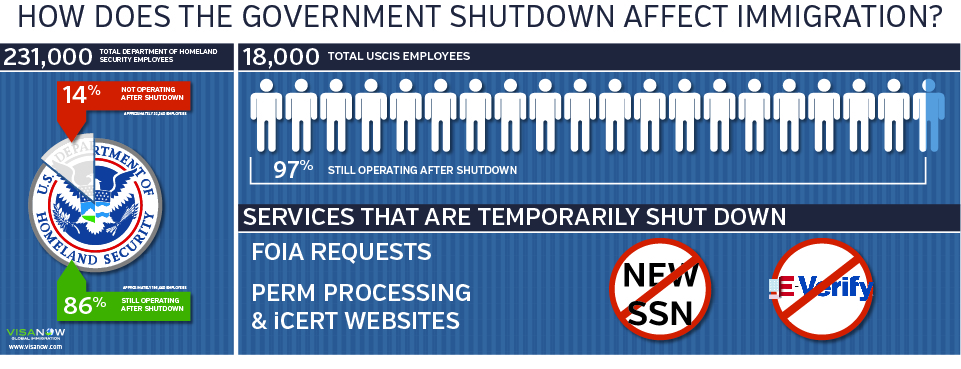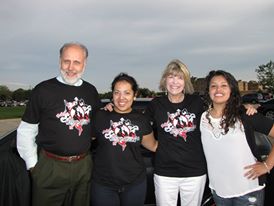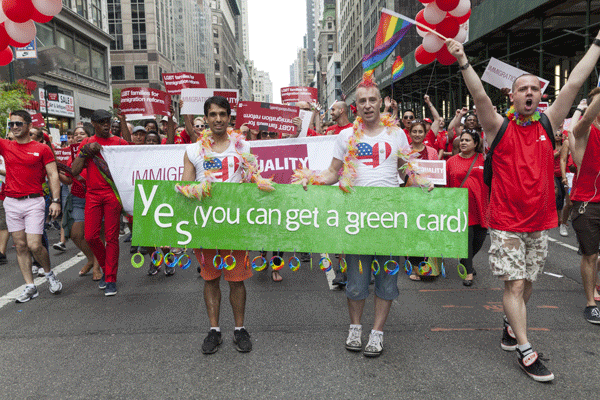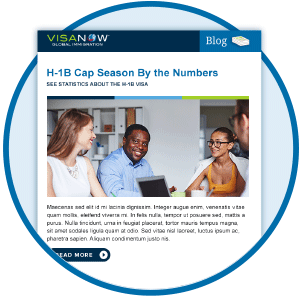By VISANOW Contributor|2013-11-15T22:57:06+00:00October 1, 2013|
Now that the federal government has released more information regarding funding during the shutdown, we have a better picture of which immigration services will be delayed or stopped while the U.S. Congress attempts to reach an agreement on the budget.

The Department of Homeland Security and USCIS
The Department of Homeland Security will retain about 86% of its roughly 231,000 employees, which is a much higher rate overall than the non-defense branches of the federal government (59% employee retention.)
During a shutdown, USCIS fares much better relative to other agencies within the Department of Homeland Security. For example:
- 88% of Coast Guard and Customs and Border Protection (CBP) personnel remain employed during the shutdown
- 93% of the TSA remains employed
- 97% of the 18,000 USCIS employees in 250 international offices will keep working during the shutdown
USCIS is affected less because nearly 95% of the USCIS annual budget is comprised of the fees individuals pay for their immigration applications, services, and benefits. USCIS released the following message in an email alert this afternoon:
“All USCIS offices worldwide are open for interviews and appointments as scheduled. E-Verify is an exception and is unavailable during the shutdown. For more information about how the shutdown is affecting E-Verify please visit www.dhs.gov/e-verify.”
We talked about the temporary protocols for E-Verify cases in our previous blog post about the shutdown.
CIS Ombudsman
The Office of the Citizenship and Immigration Services (CIS) Ombudsman is now closed. CIS Ombudsman provides recommendations and guidance for resolving problems with the USCIS. The CIS Ombudsman works independently of USCIS but falls under the Department of Homeland Security.
The Office of Foreign Labor Certification (certifying work visas and green cards)
A major factor in the anticipated USCIS slowdown will be that the Office of Foreign Labor Certification (OFLC) will be shut down, prohibiting key aspects of processing certain work visas. This includes Prevailing Wage Requests and PERM Processing for employment-based green cards as well as LCAs for visas like the H-1B and E-3. From the OFLC website:
“In the event of a government shutdown, OFLC will neither accept nor process any applications or related materials (such as audit responses) it receives, including Labor Condition Applications, Applications for Prevailing Wage Determination, Applications for Temporary Employment Certification, or Applications for Permanent Employment Certification. OFLC’s web site, including the iCERT Visa Portal System, would become static and unable to process any requests or allow authorized users to access their online accounts.”
As promised, the iCERT and PERM online portals are currently disabled on the OFLC website.
The Department of State
The Department of State is responsible for consular and travel operations related to immigration. The department released this statement regarding the shutdown:
“Consular operations domestically and overseas will remain 100% operational as long as there are sufficient fees to support operations. However, if a passport agency is located in a government building affected by a lapse in appropriations, the facility may become unsupported. The continuance of consular operations in such instances will be treated on a case-by-case basis by the Under Secretary for Management.”
For now, it seems that visa processing through the State Department will be mostly business as usual unless funds are drained unexpectedly. Of course, with a reduction in employees across almost every department of U.S. government, expect delays. We recommend submitting visa applications as soon as possible to avoid delays or in the event funding from existing fees are depleted.
Freedom of Information Act (FOIA) Requests
FOIA requests are often an essential piece of immigration cases for individuals with previous immigration violations or a prior record that may interfere with getting a visa or waiver approved. These requests will no longer be processed. FOIA requests are handled outside of USCIS and are deemed “non-essential” by the federal government, prohibiting many visa applicants from obtaining information about their personal history.
Immigration and Customs Enforcement (ICE)
“ICE Enforcement and Removal Operations, as well as ICE Homeland Security Investigations will remain operational under a government shutdown because they have been deemed law enforcement necessary for the safety of life and protection of property,” spokesperson Gillian Christensen said in a statement. Expect deportations to continue as usual, though court processing times will slow down due a reduction in legal staff.
Social Security Administration (for Immigrants Seeking Work Authorization)
SSA will not be processing applications for new or replacement social security numbers, which will affect those immigrants without social security numbers looking to apply for a driver’s license, get a credit card, or open a bank account. Foreign nationals with U.S. work visas need a social security number to complete the employment eligibility process. Recipients of the Deferred Action for Childhood Arrivals (DACA) program need to apply for a social security number to qualify for many of the plan’s benefits as well.







